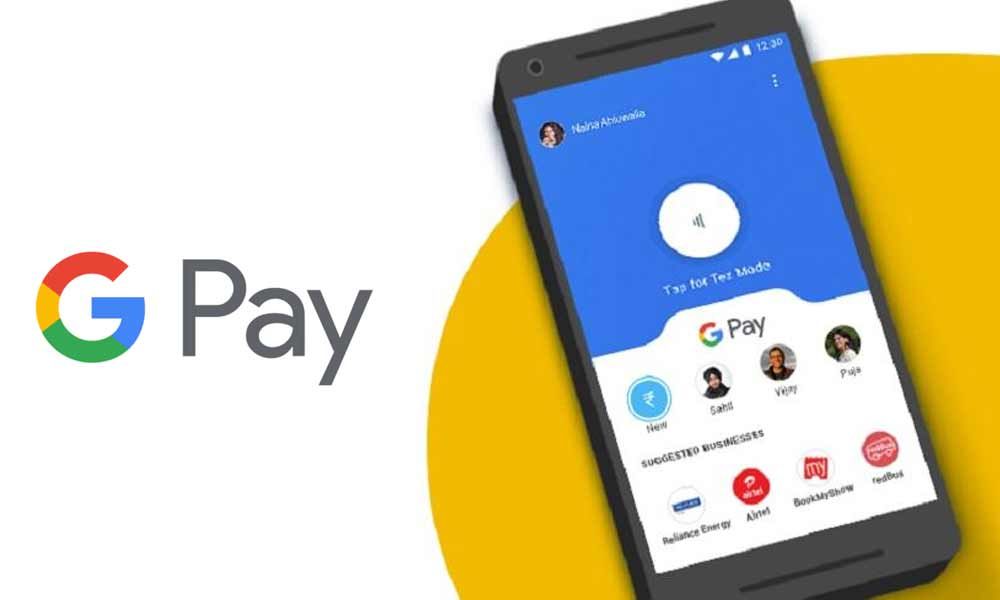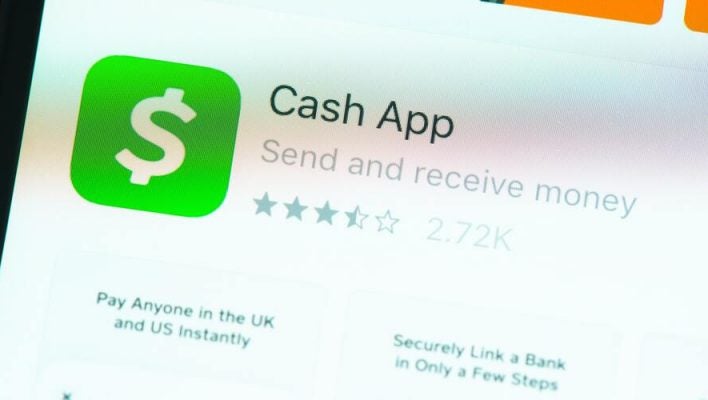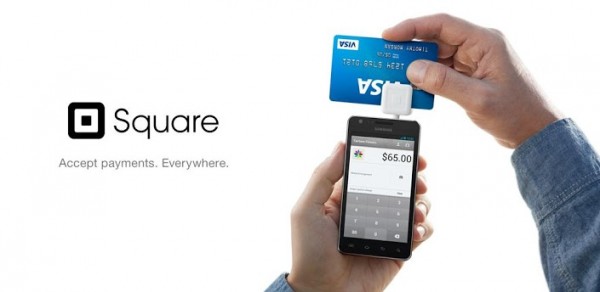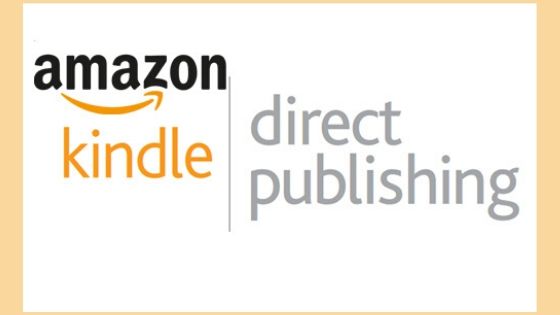5 Best PayPal Alternatives For Artists [Art Commissions]
Why look for PayPal alternatives for artists when you can easily use PayPal for art commissions?
The truth is, that PayPal has so many limitations when it comes to using it to charge your commissions. First on the list is that you can’t use PayPal for art commissions as a minor.
And even when you’re not a minor your PayPal account can be limited at any time.
So I believe this is one of the major reasons you might want to look for PayPal alternatives for artists. Or as a means to receive your art commissions.
If you happen to be among those looking for PayPal alternatives for art commissions then you have nothing to worry about.
I’ve listed below 5 PayPal alternatives for digital art commissions that can be used to charge your clients easily for your work done.
PayPal Alternatives For Digital Art Commissions
- Google Pay
- CashAPP
- Stripe
- Square
- Cryptocurrency
Any of the above can use to charge your clients for digital art commissions and also used as an alternatives to PayPal
#1. Google Pay

Google pay is one of the easiest means for receiving art commissions because it’s not as strict as the rest of the art commissions payment methods we’ve discussed.
Also known as G Pay, Android Pay and formerly “Pay with Google” is a digital wallet pioneer by Google for online payments.
It’s a mobile wallet (digital) system that helps facilitate in-app purchases on mobile devices helping users to make easy payment with their android tablets, watches, and phones.
Additionally, it can also be used for peer-to-peer money sending making it usable for art commissions.
Unlike other methods for receiving payments for your art commissions, Google pay is perfect alternative to them.
You can use Google pay for art commissions as a minor because the age limit is Just 13 years old. This way, you can do art commissions as under 18 and get paid.
All you must do to use Google Pay for art commissions is just to add your preferred payment to your Google account and get paid from it.
Pros and Cons
Like the rest of the payment methods, Google pay has its own pros and cons.
Pros
- Fast means of payment
- Can be withdrawn easily
- Safe and Secure
- Can be used for under 18
- Works on all android device
- Peer-to-peer
Cons
- Requires credit card
- Limited to android devices
#2. Cash App

This app works similarly to the likes of PayPal because it’s also a P2P finance app that allows users to quickly send money.
With Cash App, you can send and receive money, get a debit card and set up direct deposit from your cash app account.
So just like the rest of the art commission payment methods, Cash App is another means to receive payment from your art commissions.
To use CashApp all you need do is download the app and create an account. Whoever’s commissioning you will needs your cashtag to send you the money then you can deposit it into your bank account.
It has easy as that.
Pros and Cons
Like the rest of the payment methods, Google pay has its own pros and cons.
Pros
- Fast means of payment
- Can be withdrawn easily
- Safe and Secure
- Works on all device
- Peer-to-peer
Cons
- Requires credit card
- Limited to the US and UK
#3. Stripe Invoice

Stripe Invoicing is one of the best ways to receive payments for your art commissions. You could charge your client or customer with their pay later service or buy now with credit cards or through invoicing.
However, you do need to understand that you’ll pay a Stripe fee for facilitating every transaction between you and your customer.
The fees charged by Stripe vary by the transaction type; for example, every successful online payment costs 2.9% plus 30 cents, whereas for POS it’s 2.7% plus 5 cents.
Using the invoice request is quite easy and most affordable for anyone that wants to use stripe for art commissions.
This is easy because there’s no sophisticated process to it. All you must do is determine how much you’ll be charging for the commission you want to do and send an invoice in respect to that.
Although there must have been a bargain and agreement between both parties invoiced.
So once an agreement is reached, you can easily go ahead and send the invoice to your customer.
One of the good things about using Stripe invoices for art commissions is that you can charge your customer instalments.
Based on the agreement, he/she could pay the 50% initially and automatically pay the balance once the job is completed.
Pros and Cons
Stripe has it limitations and good sides when it comes to receiving payments for your art commissions.
Let’s take a look at them.
Pros
- Easy to use
- Trusted by many
- Easy Invoicing
- Third-party integration
- Payment report
- Secured payment method
Cons
- Cannot be used by minor
- Transaction fee
- Delayed pay-out
#4. Square

Square is one of top the payment company that offers different business software for both large-scale and small businesses.
Invoicing is one of the popular ways of getting paid using the Square platform, which makes it one of the best art commission payment methods out there.
It has an easy invoice generator anyone can use.
All you need to do is fill in all the required information about the payment you want to receive, and your customer can pay you immediately. Sending invoices with square is also for free.
This payment platform offers POS systems and hardware products for businesses of any kind.
Depending on how you want to get paid for your commissions, you can use square to complete transactions with your mobile device, online or in person, directly with your customer.
For transaction fees, square charges a flat rate for all transactions carried out with credit cards. Which is cheaper compared to other platforms.
You can easily create a square account for free if you don’t have one and the whole signup process takes about a few minutes.
Pros and Cons
Just like Stripe, Square has its strengths and limitations when it comes to receiving payments for your art commissions.
Let’s have a look at them.
Pros of Using Square
- Trusted by many
- Easy Invoicing
- Website builder
- Easy to use
- Secured payment method
Cons of Using Square
- Cannot be used by minors (18 Years age limit)
#5. Cryptocurrency

You can think of Cryptocurrency as an alternative to the local accepted way of transacting between parties.
Cryptocurrency is a peer-to-peer payment system that can enable anyone from any part of the world to send and receive payment.
Any transaction carried out with cryptocurrency doesn’t rely on banks for verification.
If you’d ask me, this is perfect for those learning how to start art commissions as a minor.
Or those looking for ways on how to do art commissions without PayPal because of its limitation.
You can do art commissions even as under 18 with cryptocurrency because of its uniqueness.
Just make sure your customer is willing to make payment via crypto, because as popular as it is, not all has embraced it yet.
Some of the top marketplaces have started introducing crypto as a means of making payment on their websites. Soon this will be globally accepted.
To receive payment via cryptocurrency all you need to do is send your wallet address and your customer will send the agreed amount to it.
Pros and Cons
Like you already know, crypto is yet to be globally embraced so it comes with some setbacks as well as its benefits.
Pros
- Fast means of payment
- Can be converted to any fiat currency
- No chargebacks
- Safe and Secure
Cons
- Volatile
- Not Globally accepted
- All transaction is public
Conclusion
Besides these PayPal alternatives for art commissions, several ways for accepting payments online for digital art commissions will continue to grow as there are more ways to receive payments online.
But for the time being any of the above can still be easily used to charge your clients and get paid for your job done.
If you have other suggestions please do not forget to add them in the comment section.

![How to Start an E-commerce Business in Nigeria [Full Guide]](https://smartbizfreedom.com/wp-content/uploads/2022/08/Image-35.jpg)
![How To Use Stripe For Art Commissions [Step By Step]](https://smartbizfreedom.com/wp-content/uploads/2022/07/oberlo-vs-Salehoo-22.jpg)
![How to Start Mini Importation Business in Nigeria [2025]](https://smartbizfreedom.com/wp-content/uploads/2022/08/Image-30.jpg)


![How to start a print-on-demand business in Nigeria [Make 500k Monthly]](https://smartbizfreedom.com/wp-content/uploads/2022/11/print-on-demand-.jpg)